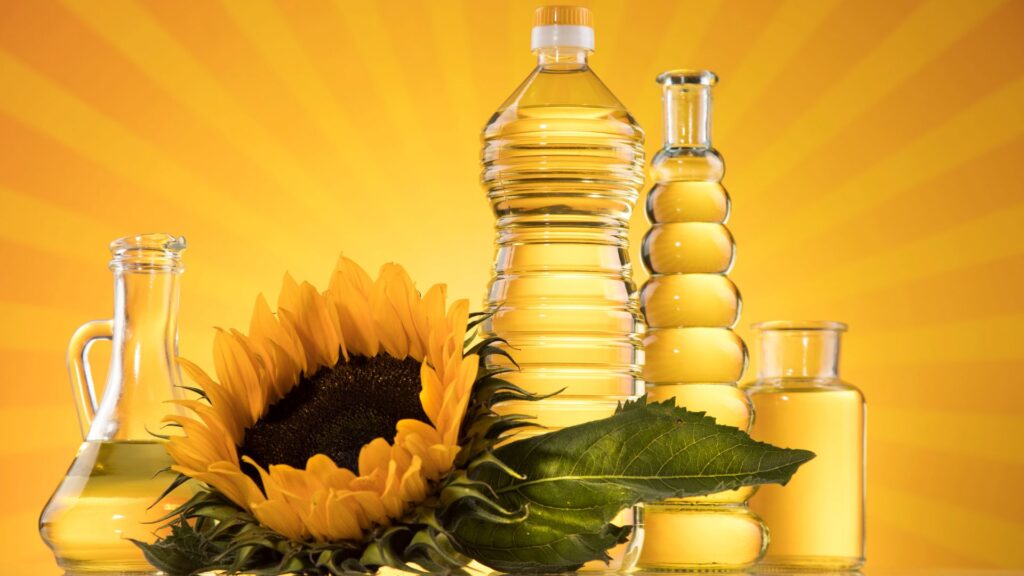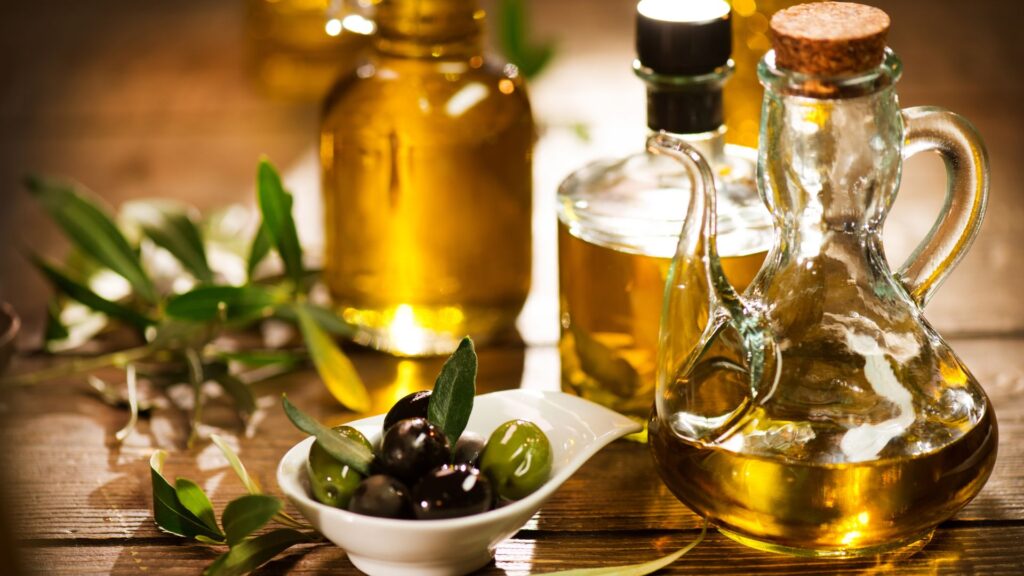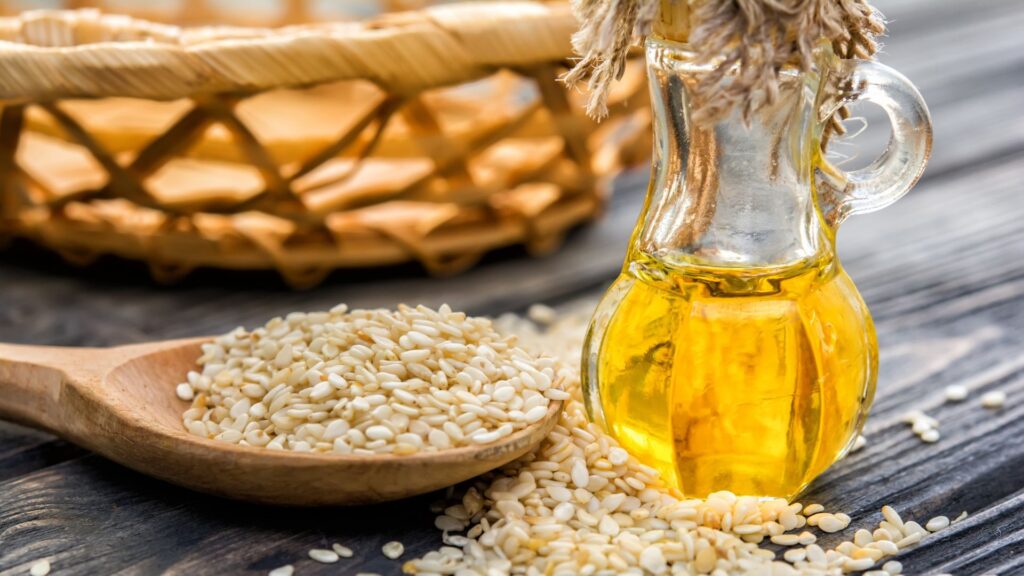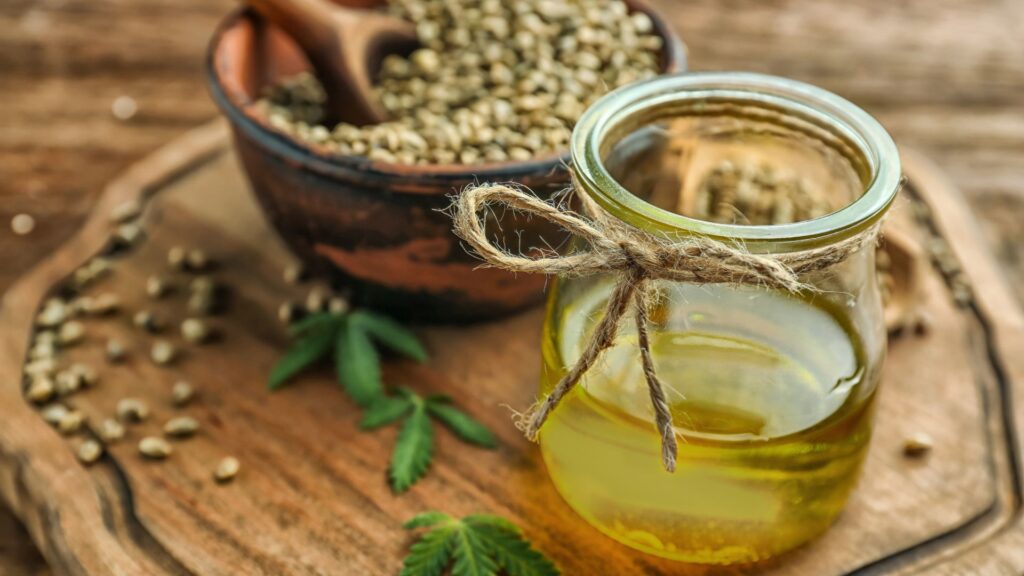
Pick Healthy Oils, Prevent Health Problems
‘Be sure to have your blood pressure and cholesterol checked.’ This is a common response anytime someone complains to a friend or family member about feeling dizzy or unfit. If you are not a fan of greasy meals, you may doubt that you have a cholesterol problem.
People are often taken aback to discover that their cholesterol levels have increased, especially when they have been making conscious attempts to eat healthily. Even if you avoid oils on purpose, your body requires a certain amount of oil to function properly. That implies that not all oils are harmful.
Oils are an essential ingredient of many cooking methods and are used to enhance the flavor of food. However, it may be difficult to determine which oils are best (or worst) for your health and your recipe. After all, there are numerous alternatives.
Don’t know which oils are good for you and which ones to avoid? Which is better for searing, baking, or sautéing? Don’t feel isolated. Swiss nutritionists are available to advise you on how to pick oils with minimal negative effects on your health and this article is all about the healthy fats.
Selecting Healthier Oils for Cooking

Before we begin, it is beneficial to comprehend what oil is and why some oils are healthier than others. You may be aware that oil is composed of fat. And while many regimens recommend reducing fat intake (as they should), some fats are healthier than others. This indicates that the types of lipids in an oil determine its healthiness.
1. Unhealthy Fats
Consuming unhealthy fats increases your blood level of LDL (bad) cholesterol, which in turn raises your risk of cardiovascular disease and stroke.
These are the fats to look out for
1.1 Saturated fats, found in foods like coconut oil, palm oil, palm kernel oil, lard, bacon fat, fatty cuts of red meat, poultry skin, and butter.
1.2. Avoiding trans fats, which have been shown to be harmful. You can typically find them in pre-packaged or processed foods. When reading labels, the words “partially hydrogenized oils” should raise warning flags.
2. Healthy Fats
Some lipids are more nutritious. They reduce LDL (poor) cholesterol while increasing HDL (good) cholesterol. However. excessive consumption of any fat is detrimental to health, so even these healthier lipids should not be consumed in excess.
1. Monounsaturated fats are commonly found in olives, avocados, and nuts (as well as their corresponding culinary oils).
2. Polyunsaturated fatty acids are also known as omega-6 and omega-3 fatty acids. You can find omega-3 fatty acids in viscous fish such as salmon, herring, tuna, and mackerel, walnuts, chia seeds, and flaxseeds.
What Oils to Use for Cooking
Oils with a reduced saturated fat content are preferable for heart health. And that’s not all. You should consider not just the oil’s health effects while using it in the kitchen, but also how it handles high temperatures.
There are oils that perform better at higher temperatures, oils that perform better at lower temperatures, and oils that should never be heated. That’s where the smoke point comes in. At that point, oil begins to smoke, releasing harmful byproducts such as free radicals and noxious odors. If your oil begins to smoke in the pan, you should discard it and start over. High-smoke-point oils can be used in more extreme temperatures.
The higher the smoke point, the more refined the oil. Distinct tastes can be added to a dish by using various oils. That can cut both ways. Flavor may make or break a dish, depending on how it’s used. (We can all relate!)
1. Oils for Searing, Browning, and Deep Frying

These oils can withstand high temperatures without becoming smoky, making them ideal for use in the kitchen.
| Oil | Saturated fat content | What to know |
| Almond | 7% | Has a distinctive nutty flavor. |
| Hazelnut | 7% | Brings a bold, strong flavor. |
| Sunflower | 14% | High-oleic versions are higher in healthy monounsaturated fat. |
| “Light” or refined olive oil | 14% | “Light” refers to color. The more refined the olive oil, the better its use as an all-purpose cooking oil. |
| Avocado | 17% | Known for its sweet aroma. |
| Palm | 52% | Not recommended as a healthy cooking choice. |
They thrive when subjected to greater temperatures, making them ideal for cooking. It’s important to keep in mind that frying techniques, even when used with a more nutritious oil, are far from being inherently “healthy.” The high oil content required for frying can reduce the beneficial effects of even the healthiest oil. Air frying can be used as a healthier substitute for traditional deep frying.
2. Oils for Baking, Oven Cooking and Stir-frying

These cooking oils have a smoke point that is between medium and high, making them suitable options for use in the oven as well as in stir-fries.
| Oil | Saturated fat content | What to know |
| Canola | 7% | High omega-6 fatty acids, which can be unhealthy when consumed in excess. Low in the healthy omega-3 fatty acid. |
| Grapeseed | 10% | High omega-6 fatty acids, which can be unhealthy when consumed in excess. |
| Macadamia nut | 13% | Known for having a bold flavor. |
| Light virgin olive oil | 14% | A top-choice oil. |
| Peanut | 18% | Delicious in stir-fry |
3. Oils for Light Sautéing, Sauces and Low-heat Baking

Since these cooking oils have a smoke point that is somewhere in the middle, they are suitable alternatives for meals that don’t require a very high temperature.
| Oil | Saturated fat content | What to know |
| Hemp | 10% | Good source of healthy omega-3 fatty acids. Keep refrigerated. |
| Corn | 13% | High omega-6 fatty acids, which can be unhealthy when consumed in excess. |
| Pumpkin seed | 15% | Contains alpha-linolenic acid, a form of healthy omega-3 fatty acids. |
| Sesame | 15% | Has a rich, nutty flavor. Keep refrigerated. |
| Soybean | 15% | High omega-6 fatty acids, which can be unhealthy when consumed in excess. |
| Virgin coconut | 92% | Also contains lauric acid, which raises good and bad cholesterol levels. Use in moderation. |
4. Oils for Dressings, Dips and Marinades

These oils aren’t safe for cooking but work wonderfully in blends. The use of toasted sesame oil or extra-virgin olive oil in no-heat recipes is another healthy and delicious option.
| Oil | Saturated fat content | What to know |
| Flaxseed | 7% | Excellent source of alpha-linolenic acid, a form of healthy omega-3 fatty acids. |
| Walnut | 9% | Contains alpha-linolenic acid, a form of healthy omega-3 fatty acids. |
| Wheat germ | 17% | High omega-6 fatty acids, which can be unhealthy when consumed in excess. Keep refrigerated. |
Just because some oils are healthier than others don’t mean you can let your guard down. Fats have 9 calories per gram, which is significantly higher than the 4 calories per gram found in carbs and protein, respectively.
Limit your daily fat consumption to 25%-35% of your calorie intake. Instead of dipping ciabatta in oil as an appetizer, a short sauté is a better use of extra-virgin olive oil and other healthy oils. Better quality oil rather than more quantity for cooking. Up to 4 tablespoons of extra virgin olive oil per day has been associated with health advantages, however this should be used in place of all other oils and added fats.
Excellent quality is essential.